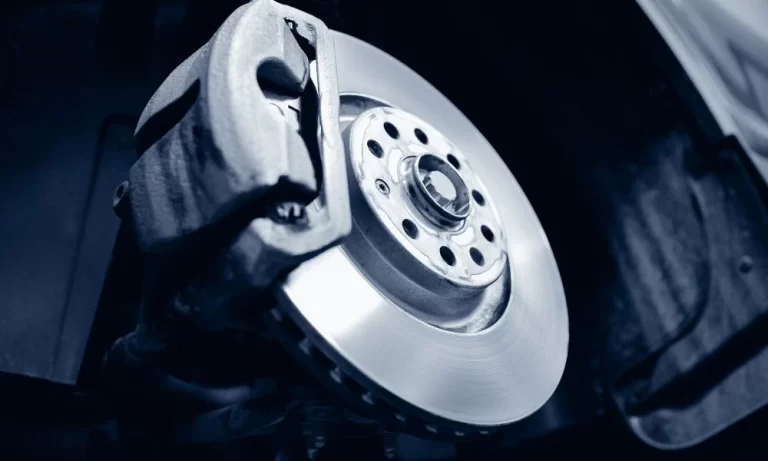For many cars, especially older models and some truck types, brake drums are an essential part of the braking system. The brake shoes, which press against the inner surface of the drum to generate friction and slow down or stop the vehicle, are housed in these cylindrical parts. Since the efficiency of brake drums directly affects stopping distances and overall performance on the road, it is essential for vehicle safety to understand their operation and condition.
The Connection between Stopping Distance and Brake Drum Condition
The stopping distance of your car is greatly impacted by the state of your brake drums. Brake drums enable smooth engagement and effective braking system operation when they are in good condition. However, with time, their performance may be jeopardized by elements like wear, corrosion, or heat degradation. For example, the drums might not offer enough friction for the brake shoes to function properly if they are twisted or much worn. Longer stopping distances may result from this, raising the possibility of collisions, particularly in emergency scenarios where every second matters.
Signs of Damaged or Worn Brake Drums

Maintaining vehicle safety requires being able to identify the signs of worn or broken brake drums. Unusual braking sounds, a pulsing brake pedal, or unequal braking forces are among indicators that drivers may observe that could point to drum problems. A visual examination may also show warping, grooves, or cracks, all of which need to be fixed right once. Ignoring these warning indicators might result in dangerously risky driving conditions as well as more serious damage to the braking system. To guarantee optimum performance, brake parts, especially drums, require routine inspections and maintenance.
Brake Drum Preventive Maintenance
Preventive maintenance is essential to guaranteeing that brake drums are operating as intended. Frequent examinations by a trained specialist can assist in spotting wear or damage early on, enabling prompt replacements or repairs. The longevity of the brake drums can also be increased by keeping the brake system clear of contaminants and maintaining appropriate brake fluid levels. Furthermore, safe stopping distances and general vehicle safety depend on following a maintenance program that incorporates brake inspections as part of regular vehicle servicing.
Making Brake Drum Maintenance a Safety Priority
To sum up, brake drum condition is critical to vehicle performance and safety. Drivers’ stopping distances can be greatly extended and their ability to react swiftly to road dangers compromised by worn or damaged brake drums. Drivers may protect their cars and make sure they react appropriately in emergency situations by emphasizing preventative maintenance and keeping an eye out for the warning indications of brake wear. In the end, maintaining brake drums makes driving safer and more pleasurable in addition to improving safety.

